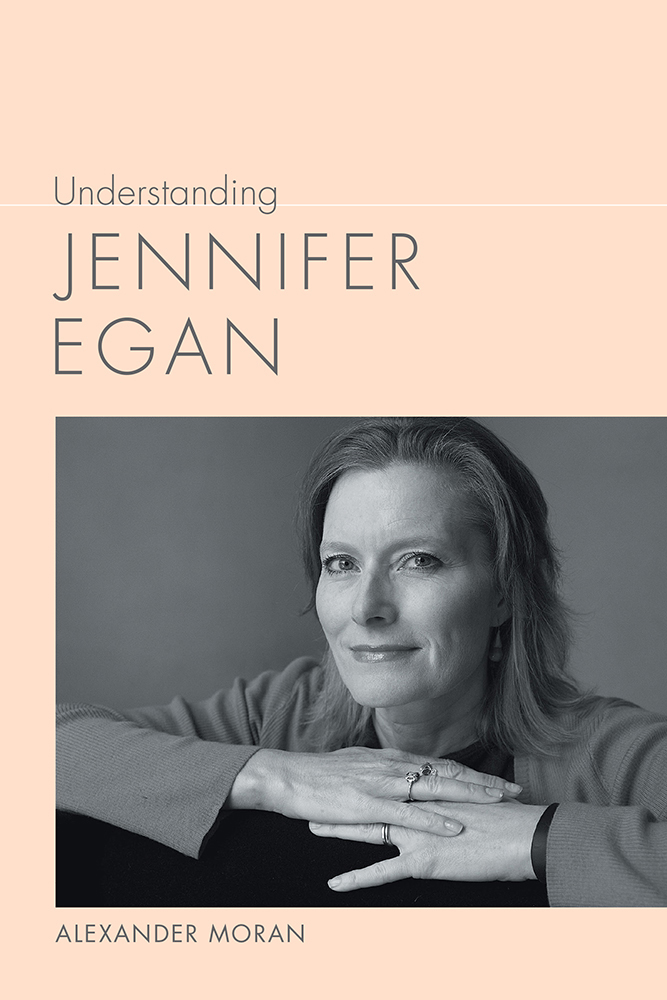[...] The point is that postmodern fiction does not have a claim to all formal experiments, and a study of Egan’s writing illuminates a broader picture of literary history than is often told. She often cites Edith Wharton, The House of Mirth (1905) in particular, as a huge influence, and has written a thoughtful introduction to a recent edition of Wharton’s classic, as well as George Eliot’s Middlemarch (1871). She is also an acolyte of Don DeLillo and introduced DeLillo when he won the National Book Foundation’s Medal for Distinguished Contribution to American Letters in 2015 (Egan, “Fiction”). Also among her favorite authors are Robert Stone, Doris Lessing, Shirley Hazzard, Ralph Ellison, and Joyce Carol Oates, a more varied collection of influences than many of her contemporaries would cite (“Top Ten”). This unusual cast of influences is another reason why her works sit uneasily within many of the aforementioned paradigms suggested to define contemporary fiction.
However, she is not completely divorced from her peers. This book also seeks to compare Egan to David Foster Wallace in regard to their respective treatments of the sixties protest era; Colson Whitehead, Michael Chabon, and Jonathan Lethem in terms of genre; George Saunders in connection to the recent wave of historical fiction; and Susan Choi, Dana Spiotta, Christopher Sorrentino, and Rachel Kushner in relation to their depictions of terrorism. Moreover, a focus on Egan does not result in the naming of a new movement, mode, or ideal to define the contemporary; as Egan herself wrote in 2014, “Personally, I could do without any further ‘isms’ (is anyone actually drawn to fiction called ‘postmodern’?), but I’m stirred by the question of how novels and short stories will evolve to accommodate and represent our ongoing cultural transformation” (“Introduction: Short Stories” xviii). Egan’s work therefore reflects what Andrew Hoberek describes as “the heterogeneity of contemporary fiction,” a phrase which captures the diversity of modes, genres, and forms used by writers in recent years (236).

